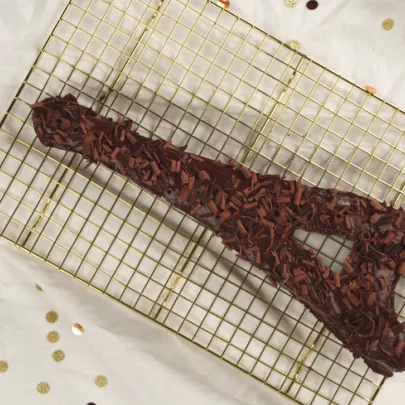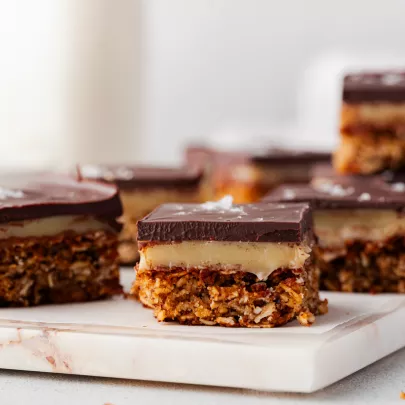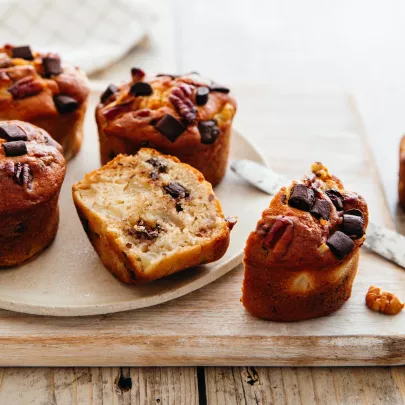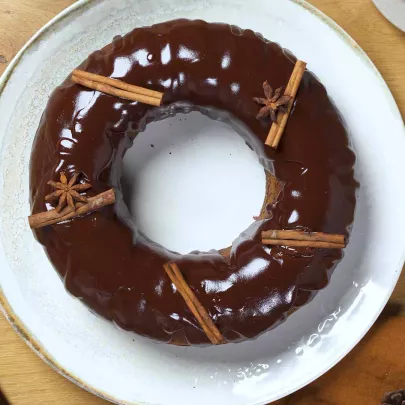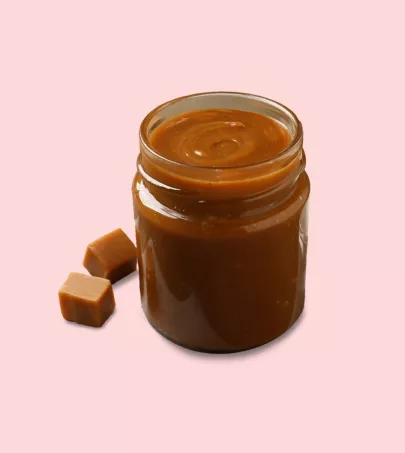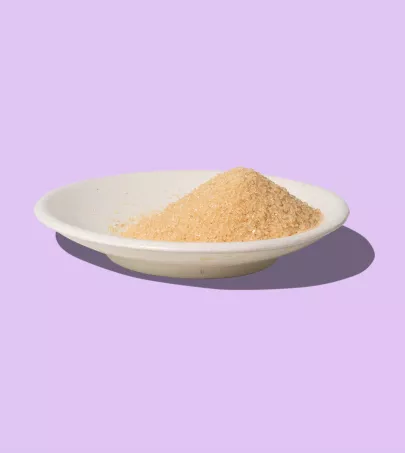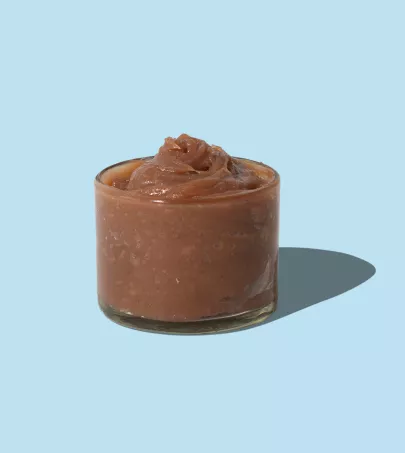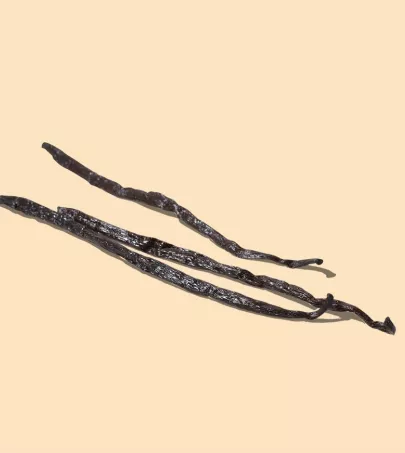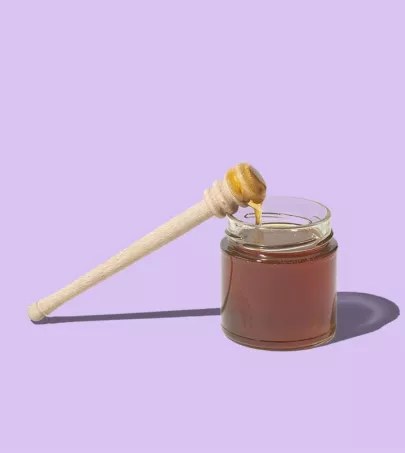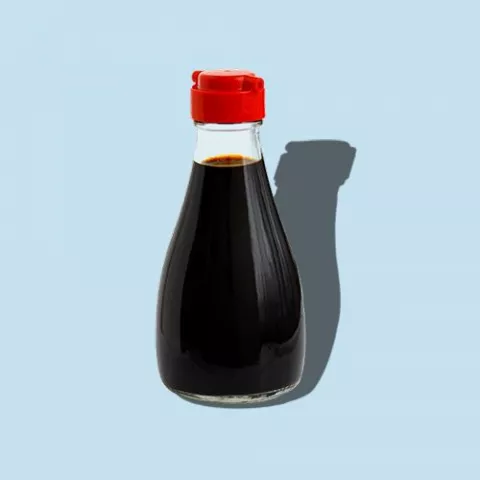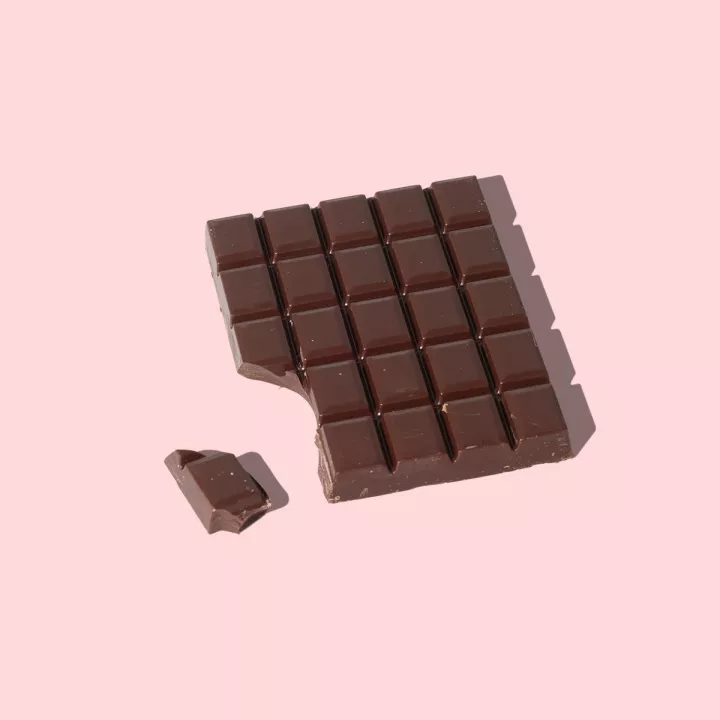
The chocolate bar was only invented in 1847, but quickly made a big impact on the cocoa market. Cooking chocolate is a French pantry staple...
What you need to know
Like its Swiss and Belgian neighbors, France has a long tradition in the art of chocolate. In terms of taste, French chocolate is more intense and less sweet. The French are actually the 6th biggest consumers of chocolate in the world and are big fans of dark chocolate (30% of consumption, compared to 5% in Europe). The bar is the most commonly consumed form of chocolate worldwide, despite the fact that it was invented quite recently.
Cocoa was used by the Mayas and Aztecs to make a very bitter, spiced drink called xocoatl. This was introduced to Europe in 1528 by Hernán Cortés, who brought it to the King Charles V of Spain. Once honey was added, it became a popular drink among Spanish aristocrats. France first discovered chocolate in 1615, on the occasion of Louis XIII's marriage to Anne of Austria, Infanta of Spain. But it was Louis XIV and his wife Maria Theresa of Austria who introduced it to the court at Versailles. Chocolate became a fashionable drink among the nobles, who were the only ones who could afford this luxurious product. The first drinking chocolate shop opened its doors in 1671.
The developments of the 18th century saw chocolate gradually become more accessible. However it was in the 19th century that the large chocolate firms emerged in Europe and production became industrialized, meaning that everyone could afford to indulge. The first bar was invented in England in 1847 by the Fry brothers, by mixing sugar, cocoa powder and cocoa butter. Bars nowadays are still made that same way. Once the fruits (pods) of the cocoa tree have been harvested, the beans are extracted, fermented and dried. The chocolate maker torrefies (roasts), crushes and finely grinds them to obtain a cocoa paste. This is a kind of pure, unsweetened chocolate containing around 20% fats. The fat (cocoa butter) can be separated from the dry substance (cocoa powder) by pressing. Next comes the conching, a stage which makes the chocolate more creamy and consists of heating the cocoa paste to 176 °F with sugar and cocoa butter, and mixing. Finally, the mixture is molded into bars.
The quality and taste of the chocolate varies according to the cocoa content (the percentage of cocoa paste in the finished product), as well as the torrefaction of the beans and their origin. "Cooking" chocolate is designed to melt quickly without forming lumps. It contains more cocoa butter than eating chocolate, which is designed to melt slowly on the tongue. This is why cooking chocolate (or "dessert" chocolate) should always be used in cooking. It contains 35 to 70% cocoa, depending on the brand and chocolate maker. Any more than this would be too bitter and overwhelm the dessert.
Characteristics
Look
Taste
Nutritional benefits
Although it is high in fat and carbohydrates, dark chocolate is also a source of magnesium and potassium. It is also an excellent source of iron, zinc, copper and manganese.
Editor's note
How to use
Storing Dark Cooking Chocolate
Keep in a cool, dry environment, away from strong odors. Chocolate should never be stored in the refrigerator as the humidity and cold damage its texture.
Vorbereiten und servieren Dunkle Kuvertüre
Schokolade sollte im Wasserbad geschmolzen werden, in einer Schüssel auf einem Topf, der zu einem Viertel mit siedendem Wasser gefüllt ist. Die Schüssel darf nicht mit dem Wasser in Berührung kommen.
Genießen Dunkle Kuvertüre
Dunkle Kuvertüre wird für alle Arten von Nachtisch eingesetzt: Kuchen, Schokoladensoße, Eiscreme, Schokoladenmousse usw.
Pair with
Sweet: cinnamon, piment d'Espelette, pear, walnuts, fleur de sel, raspberries
Savory: a square in a wine sauce (in particular beef bourguignon)
To drink: Maury PDO, Banyuls PDO, Vouvray Moelleux PDO, Montlouis Moelleux PDO.`

